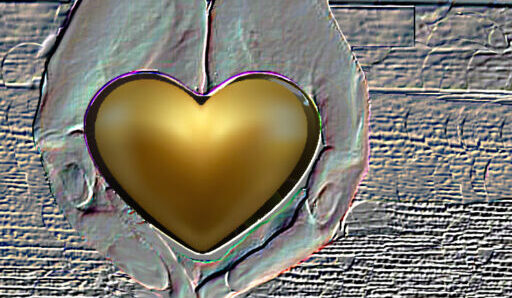
Pioneer Park opened in 1967 as part of the Alaska ‘67 Centennial Exposition, celebrating the 100th anniversary of Alaska’s purchase from Russia. The park featured a zoo and rides in those early days, when it was known as Alaska 67 and then Alaskaland. The name was changed to Pioneer Park in 2001, to reflect its focus on history.
The surrounding area also has a fascinating past. Along the park’s northern border lies the Chena River, a name of Athabascan origin derived from “che” (meaning “stick”) and “na” (meaning “river”)—the Stick River. It was this river that Fairbanks’ founding father, E.T. Barnette, traveled up in 1901. He was searching for the town of Tanana Crossing (now called Tanacross), where he hoped to establish a trading post. But his boat, the Lavelle Young, hit a sandbar, and he was forced to spend the winter along the banks of the Chena River. The following spring, miner Felix Pedro found gold in the surrounding hills, and Barnette decided to stay and establish his trading post there. That early community was known as Barnette’s Cache. Within a year, however, it became known as Fairbanks, named after Indiana Senator Charles Fairbanks (who went on to serve as Theodore Roosevelt’s Vice President during Roosevelt’s second term).
